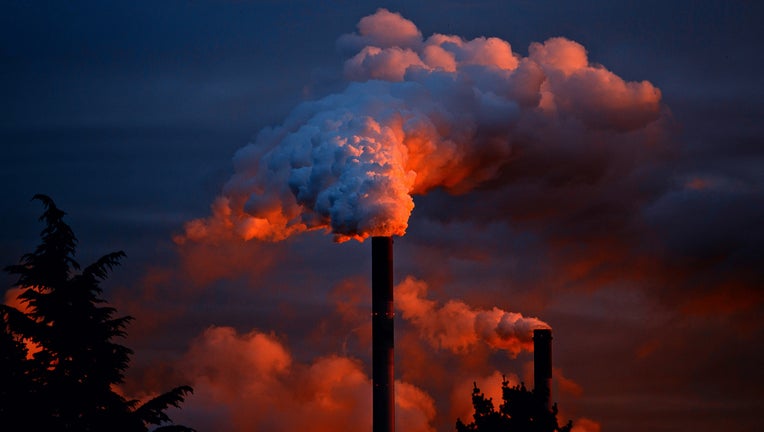Pa. to move forward on power plant emission caps

(Pixabay)
HARRISBURG, Pa. - Gov. Tom Wolf’s administration will start working to bring Pennsylvania into a regional consortium that sets a price and caps on greenhouse gas emissions from power plants, part of the Democrat’s agenda to fight climate change.
Wolf will make a formal announcement Thursday that he is ordering a start to the process of joining the Regional Greenhouse Gas Initiative, administration officials said.
The move could draw pushback in the Republican-controlled Legislature, if not a court challenge, from owners of the worst-polluting power plants in the nation's No. 3 electric power state who could be required to pay hundreds of millions of dollars to the state annually.
Environmental advocates applauded joining the consortium of northeastern and mid-Atlantic states as an important step.
“It’s got a track record of success, it’s time-tested and it has had bipartisan support,” said David Masur, executive director of Philadelphia-based PennEnvironment.
With dozens of coal and natural gas-fired power plants, Pennsylvania would be, by far, the biggest emissions state in the consortium. Its power plants emit about 92 million tons a year compared with the consortium's 2019 cap of 80.2 million tons.
Wolf's aides have approached top lawmakers in the Republican-controlled Legislature in recent months about passing legislation to authorize the move, without success. However, Wolf’s administration also has maintained that it can write regulations for the cap-and-trade program under its existing authority to regulate air pollution.
But spending the money raised by the credits would require legislation, administration officials acknowledge, and that could set up a fight in the Capitol over how to spend it.
In consortium states, owners of power plants fueled by coal, oil or natural gas with a capacity of 25 megawatts must buy a credit for every ton of carbon dioxide they emit. That gives them an incentive to lower their emissions while making non-emitting plants -- such as nuclear power plants, wind turbines and solar installations -- more cost competitive in power markets.

